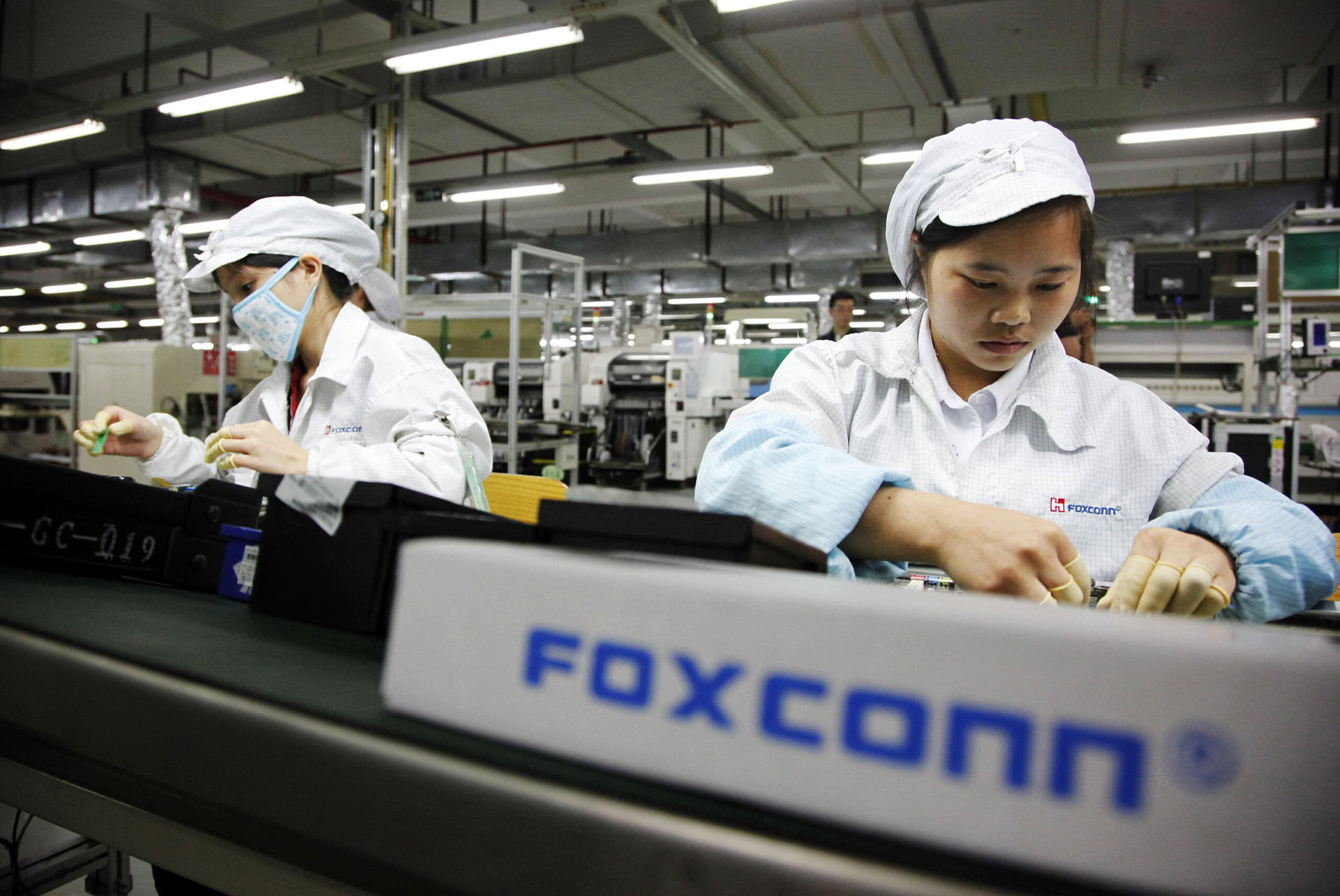Affiliate links on Android Authority may earn us a commission. Learn more.
How Apple learned automation in assembly just isn't there yet, and more tech news

Your tech news digest, by way of the DGiT Daily tech newsletter, for Friday, June 5.
1. Apple, Hon Hai Technology Group (Foxconn), and the robots

There’s an interesting report and insight from The Information about how Apple learned automation in final assembly can’t match human skill. (The Information is great but has a pretty tight paywall, and Apple Insider has alternative coverage of it here.)
- The story goes that Apple and its assembler partner Hon Hai Technology Group (Foxconn), headed up by Terry Gou, reportedly told Apple, in 2012, that his firm’s assembly lines would contain one million robots within two years.
- By 2019, Hon Hai Technology Group (Foxconn) was “using just 100,000 robots across all of its manufacturing,” including Apple, and all its assembly and production lines.
- The Information’s reporting comes from David Bourne, who worked with Hon Hai Technology Group (Foxconn).
- Interestingly, Apple launched its own secret robotics lab in 2012 to attempt to develop its own automation techniques in assembly, but disbanded it in 2018, with some techniques and developments used by other areas of Apple
The biggest failure was the first MacBook, in 2015:
- “Millions of dollars [were] spent automating production of what would become the MacBook in 2015.”
- “The attempt to automate the production of the MacBook went beyond a test department in Cupertino. The equipment was installed in a factory in China, and it was intended to assemble the screen, the keyboard, and the trackpad into the MacBook’s casing.
- “Reportedly, though, there were problems with even the conveyor belt that moved parts along the line. It was erratic, it was sometimes slow, but the greatest issue was that parts along the line kept breaking down.”
What gives?
- “Typical problems that arose include how Apple’s use of glue required precision the machinery couldn’t reliably match. And the tiny screws needed required the automation to correctly pick and position them but that same automation couldn’t detect problems the way a human hand could.”
- In essence, these tasks can probably be automated with huge amounts of R&D. It’s just that well-trained, instinctive humans are still cheaper than fixing edge cases.
- It’s hardly just Apple: Boeing abandoned its robot welders, and Tesla switched from problematic automated assembly to humans, too.
- These are not great failures, just the nature of what takes time and effort to automate.
- Robotics is becoming more and more advanced, but the best solution is to built a factory to produce one thing for a long time, like in food. Changing assembly lines, where the iPhone is updated twice annually, or more often, adds another layer of cost to an automated assembly line which must also change.
- It still feels inevitable, but the time to full-scale robotic manufacturing looks vastly further away than what it appears, even as small, progressive improvements are made.
2. Rumor: In-display cameras will finally be real on next-generation Snapdragon 875 phones (Android Authority).
3. Worst to best: The Samsung Galaxy S series, ranked (Android Authority).
4. Staff Picks: 12 things Kris uses every day, from the FlexiSpot E5 standing desk to the Secret Lab Omega chair (Android Authority).
5. Save $400 on a Dell XPS 15, and more of the best Dell laptop deals (Android Authority).
6. Unannounced Sony WH-1000XM4 headphones leak, detailing new features (Android Authority).
7. MKBHD: Reflecting on the color of my skin (YouTube).
8. Call of Duty games now display a Black Lives Matter message (Engadget).
9. The world’s livestream queen can sell anything: Bigger than “Sunday Night Football,” China’s star saleswoman Viya rules a $60 billion world of live discount online shopping. Fun read! (Bloomberg).
10. A study of 5,000 crashes finds autonomous vehicles might prevent about a third of vehicle accidents, including drunk or sleepy drivers, but not much more, like wrong-place-at-wrong-time accidents. Critiques of the study said even that number was too high, while industry groups argued more like two-thirds of crashes could be prevented (The Next Web).
The DGiT Daily delivers a daily email that keeps you ahead of the curve for all tech news, opinions, and links to what’s going down in the planet’s most important field. You get all the context and insight you need, and all with a touch of fun. Plus! Rotating daily fun for each day of the week, like Wednesday Weirdness. Join in!